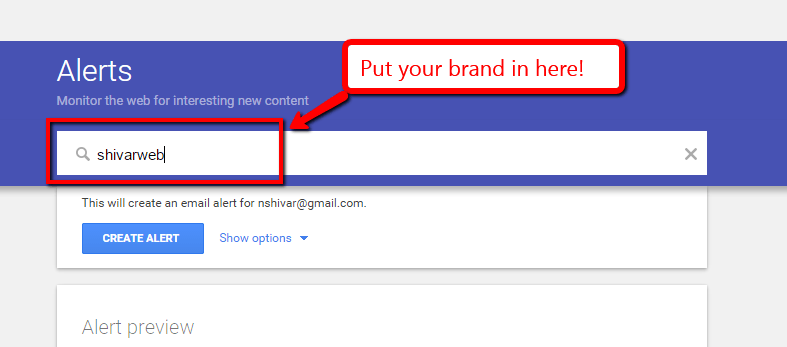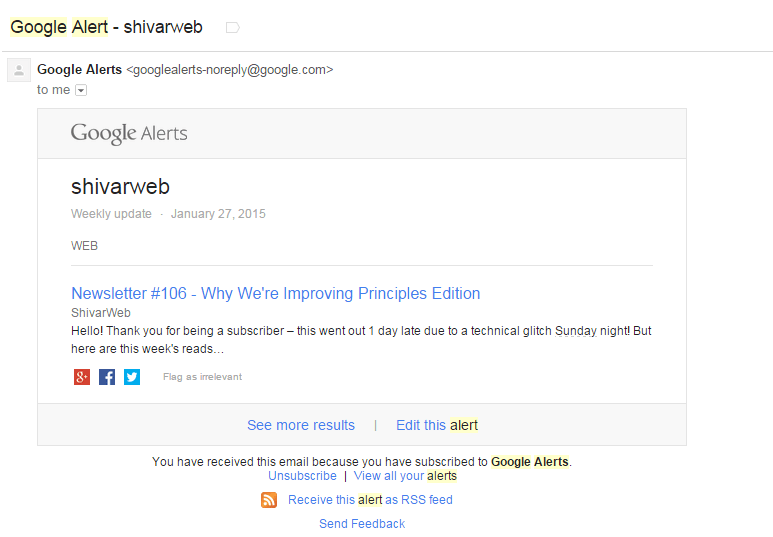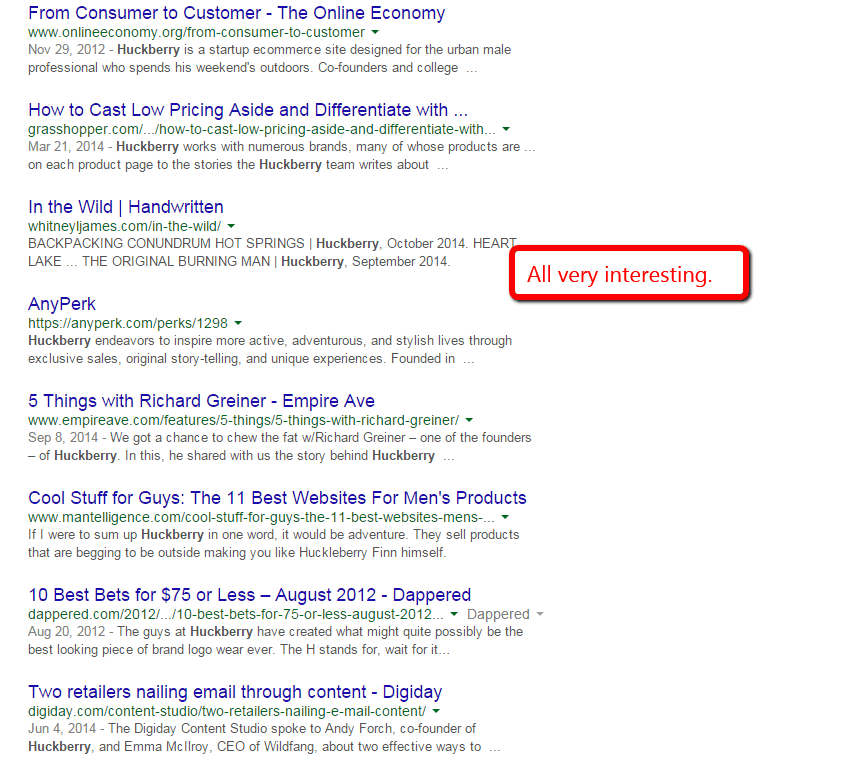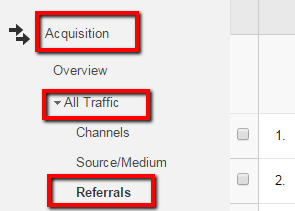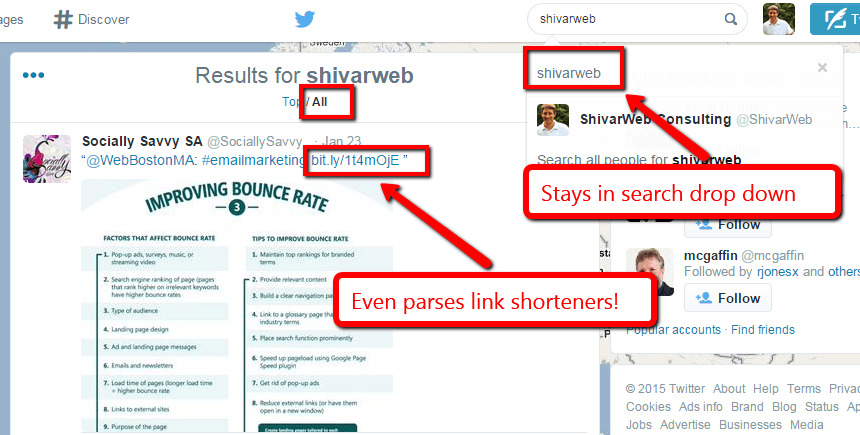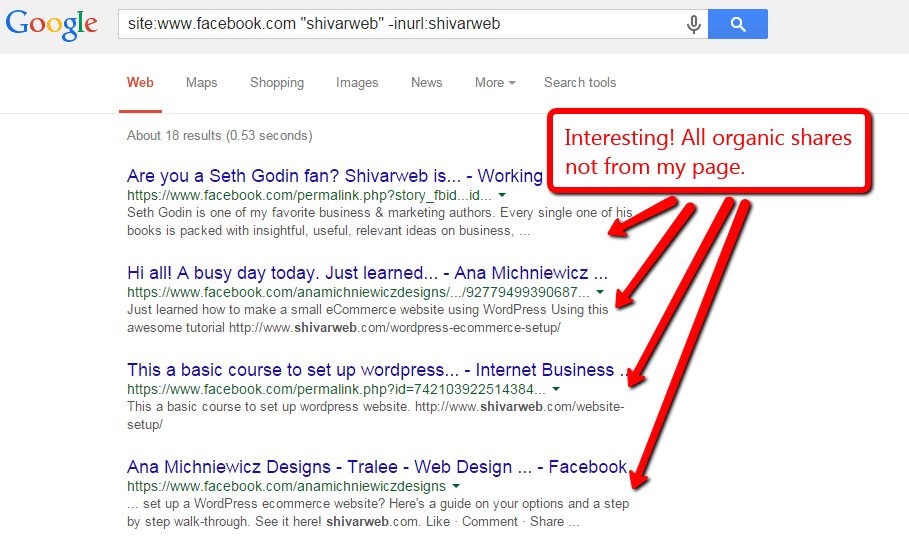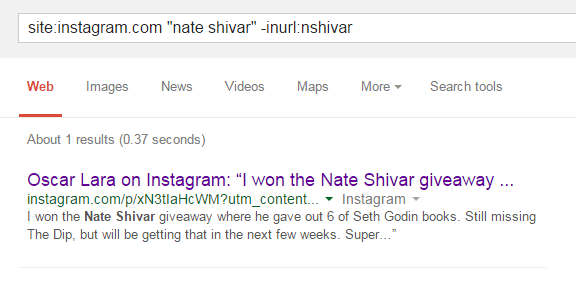One of the most incredible things about the Internet is that you can see what people are saying about you – for better and for worse. In fact, there’s a whole industry (and government agencies…) dedicated to social media listening tools, tracking and monitoring.
The information from paid industry tools can be valuable, especially if you have the team and resources to use and act on the data. But social listening tools are expensive. Even cheap ones can really add up if you can’t act on the information.
So what if you’re just a DIY website owner, blogger, or small business owner interested in monitoring your brand online without monthly fees or daunting dashboards (or low-quality “free” ones)? That’s what this guide is for – how monitor your brand & website across the Internet for free yourself…
The Web
To monitor your brand/website across the World Wide Web, we’re going to use several Google products.
Alerts
Google Alerts is a free service that “helps you monitor the web for interesting new content” – or just your brand/website.
Every time Google indexes a new piece of content with a mention, you get an email. It’s simple, straightforward and free.
Start at google.com/alerts
Add your brand and/or website (and anything really that would be interesting to monitor!)
You’ll get emails that look like this:
So you can quickly follow up with whoever mentioned you!
Search
Alerts is great for ongoing monitoring, but what about peering into conversations before you set it up? Again, for anything that’s indexed by Google, you can use Google Search with a few advanced search operators. Start with:
“[brand]” -site:[yourwebsite.com]
That query will look for all mentions of your brand but exclude your own website.
To get even more specific, try:
intext:[brand] -site:[yourwebsite.com]
or
“[brand] -inurl:[brand] -intitle:[brand]
You’ll notice that these other queries are just coaching Google into excluding your brand properties and showing mentions in blog posts or publications. Explore Advanced Search Operators and mix and match to see what fits best for your brand.
If your brand is cluttered with unrelated brands, people or websites then just a -[keyword] to exclude them to your search.
Search Console
There are lots of great tools that pull links to your site and mentions from around the web – particularly Open Site Explorer, Ahrefs, and BuzzSumo. They are all paid. What many people forget though is that Google gives you free access to a lot of links pointing site via Search Console. They just make it a bit difficult to look at.
In your Google Search Console account, go to Links to Your Site. There’s no quick way to see the entire list without a javascript bookmarklet (which I’m working on), so start clicking.
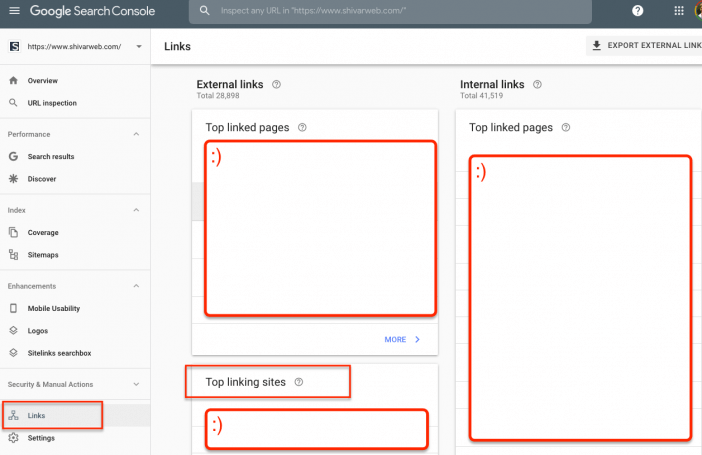
As with most Search Console data, it does seem like Google scrubs the data so you may not be seeing all your mentions, but you’ll find plenty of useful information in this report.
Referrals
In general, Google will catch everything that is indexable by Googlebot. The big exception will be websites behind a password, paywall, etc. For those sites, you won’t be able to see every mention (e.g., those that don’t link to you), but you can discover some via referral traffic.
Go to your Google Analytics account. Head to Acquisition –> Referrals.
Browse these to see what websites are sending you traffic. Usually this data will correlate with links you find in Search Console, but sometimes a forum or paid site will appear that you’d otherwise have missed.
Social Media
Social monitoring is a bit different than web monitoring. You’ll have to monitor each network separately instead of using a single product to monitor them all (at least unless you’re willing to pay). However, there once you learn how to monitor your brand on each network, there are some free tools to make monitoring easier and automated.
To monitor Twitter, you have to set up a Twitter Advanced Search or explore your Twitter Analytics.
Just type in your brand or website and save the search.
It now shows up directly in the search bar to click and view all.
If you are a regular Twitter (or Tweetdeck) user, it’s probably easiest to just check it regularly.
However, if you don’t regularly use Twitter or you want to be alerted quickly, set up an IFTTT.
IFTTT is a free service that connects actions that happen around the web. It stand for If This Then That. In other words, you can set up an alert for If [brand] shows in Twitter Then send me an email/text/rss/etc.
It’s really handy, especially since Twitter does not provide RSS feeds natively anymore.
Reddit is the Internet’s largest and most active social news platform. It’s organized around interests (ie, subreddits) and is usually key in making things go viral and gain visibility around the web. FYI – I also wrote a guide to advertising on Reddit and using it for SEO & content. Reddit puts everything submitted from a specific domain into an RSS feed. Go to: http://www.reddit.com/domain/[yourwebsite.com] to view your website’s entries Now go to: http://www.reddit.com/domain/[yourwebsite.com]/.rss for the RSS feed. If you are a fan of using RSS, then just place that into your reader. If you prefer email or SMS, then create an IFTTT that triggers with the feed, such as:
To monitor unlinked mentions on Reddit, you’re going to need to work with Reddit search.
Go to http://www.reddit.com/search?q=[brand]&sort=new to view your brand’s mentions across Reddit
To get that into an RSS feed, you just have to reformat the link to:
http://www.reddit.com/search.xml?q=[brand]&sort=new
And of course, you can use IFTTT to send an email or SMS for alerts if you don’t prefer RSS readers.
Pinterest has been one of the fastest-growing social networks for years now. Depending on how you count active users, it surpasses Twitter. It is certainly becoming more important by day. It’s an interest-based social network based on visual images.
If you join Pinterest as a business, they provide fairly robust analytics and email notifications for your boards.
However, if you want to monitor all the pins from your site, you’ll need a setup very similar to Reddit.
Go to http://www.pinterest.com/source/[yourwebsite.com]/ to view all the pins from your site, who is pinning and commenting on them.
The catch with Pinterest is that they do not have RSS support for /source/ pages. They do provide it for users and boards with the http://www.pinterest.com/[username]/feed.rss
The page size of Pinterest also generally exceeds the limits of simple services like Page2RSS which creates RSS feeds for you. So for most free use cases, regularly checking your /source/ page is the best bet.
However, there are ways to create your own RSS feed using services like Feed43 or Yahoo! Pipes. Here is an overview using Feed43 and Pinterest.
Facebook is infamously closed off about their data. And justifiably so – that’s what makes them money.
What you can and can’t search for changes a frequently, though as a general rule, Facebook search will guide you inevitably back to the Facebook Page so you can look at your Facebook Page Insights.
But Facebook Page Insights aren’t what we want to see – we want to see other people mentioning our brand on Facebook. There is a loophole…via Google.
Facebook allows Google to index public posts (ie, posts that are not specifically limited to a list of friends on Facebook). Use the following search query in Google to check out all your public brand mentions on Facebook:
site:www.facebook.com “[brand]” -inurl:[brand]
This search query tells Google to search facebook.com for [brand] but exclude any results that have [brand] in the URL – aka, your Facebook Page.
With that search, you can see all your public mentions on Facebook. To get ongoing alerts, head over to Google Alerts again and drop that search query into the box for ongoing alerts.
Other Social Networks
For Instagram, LinkedIn & YouTube that either rely on visual or gated types of content, your best bet will be to hack Google searches to spy on public posts with the same search as Facebook. And, each social network has its own analytics to let you know of @ mentions within their dashboard.
site:www.[social network].com “[brand]” -inurl:[brand]
Next Steps
This post is will be regularly updated as I find better methods. If you know of a better, more efficient way of free DIY brand & social media monitoring – let me know via contact or Twitter!
There’s plenty of interesting brand monitoring and social listening tools out there, but all the ones that are worthwhile are paid. At a certain point those paid tools make sense, but until then, do it yourself!
Start with Google Alerts for your web and Facebook presence, then move to various other networks as you have time. The Internet allows any website owner incredible power to monitor your brand anywhere in the world – use it!
